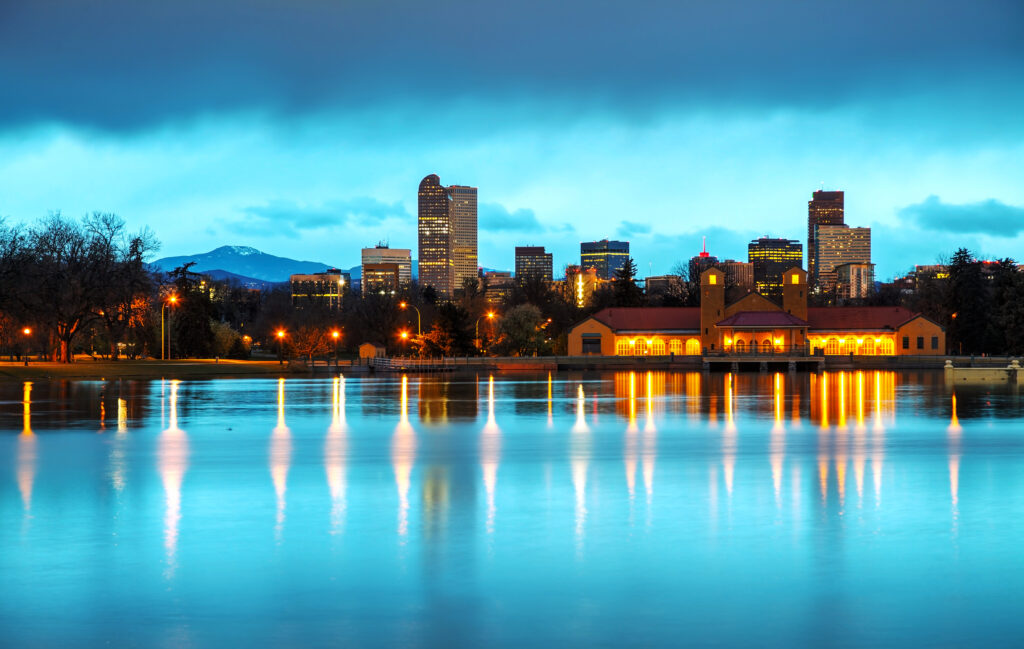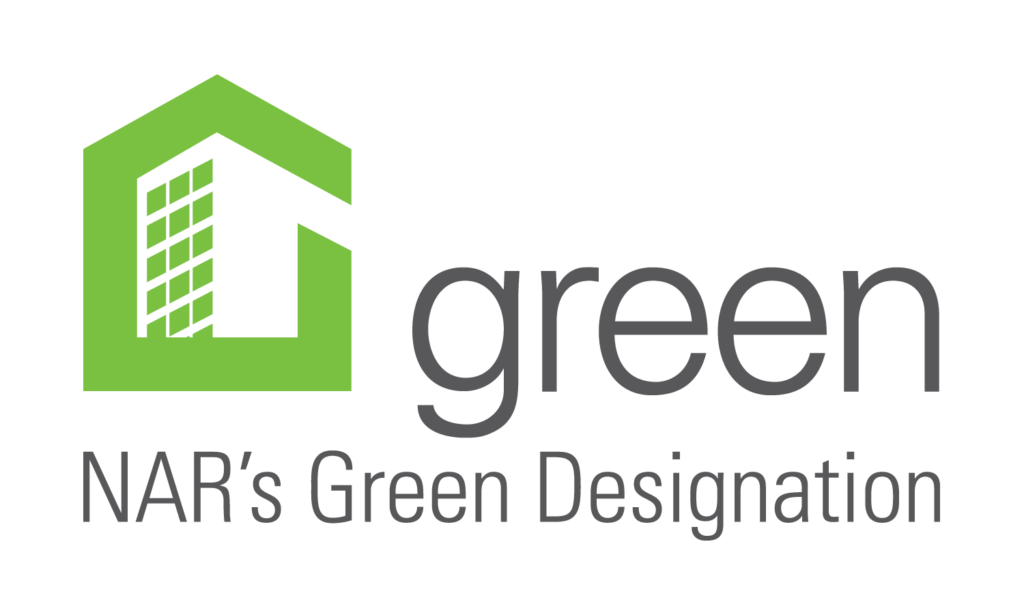How to Achieve a Carbon Neutral Home
Denver’s 80X50 Climate Action Plan calls for an 80% reduction of emissions in single family residential buildings by 2050 from a 2005 baseline. This has begun with a 10% reduction in greenhouse gas emissions by 2025. Sadly, this falls short of the UN Intergovernmental Panel on Climate Change’s recommendation but it’s at least a starting point. This 80% reduction will be achieved by individual homeowners taking steps to reduce their household emissions in some of the following ways: changing light bulbs to LEDs, installing Energy Star appliances, switching from gas to electric stoves, swapping furnaces and A/C units for heat pumps, and the installation of solar power systems wherever possible.
If you’re aiming for living carbon neutral (which IS the recommendation by the IPCC) in a sustainably or regeneratively built home you’ll have a much better chance building one yourself or buying new. Retrofitting an existing home will cost you 20% more than a new building, or one built with GREEN code requirements like solar readiness, tighter building envelopes, EV charging readiness, and more. However, 95% of the housing inventory is existing homes, most of which are around fifty years old. That means the majority of Denver homeowners reading this have an older home. So, does that mean they should scrape and build new?
From a materials or waste-conscious standpoint, the greenest building is the one that is already built. Older homes in Denver have managed to survive countless snow and wind storms, thrive in our expansive soils and remain solid despite the huge temperature swings we see in Denver on an average day. Many were built with locally made brick and have desirable qualities characteristic of the era in which they were built: crown molding, hardwood floors, stained glass and built-ins. Older homes also tend to be located in our city-close neighborhoods with sustainable features like mature trees, greater walk scores, and larger lots with kitchen gardens.
But, if you’re looking to make drastic changes to more sufficiently reach your climate goals another option is choosing something in the middle. Through deconstruction, or the process of dismantling a building rather than the complete demolition of it, you may be able to find a happy medium. Perks Deconstruction, a local woman-owned deconstruction company cites that 40% of our landfills in Colorado are full of construction and demolition materials. A deconstruction company works to carefully and methodically take apart a structure to salvage materials for reuse and recycling which can also equal tax deductions for the homeowner.
Every home is different and there are many variables that should be taken into account when considering retrofitting vs starting anew. While retrofitting an entire home may be more expensive, the ability to make changes over time makes energy efficiency within reach to more homeowners. The state and federal government are trying to make these climate goals more reachable through state and federal tax credits for homeowners. There are also a number of rebates and discounts available from Xcel and low interest energy loans (RENU) up to $50,000 to help homeowners do their part in reducing greenhouse gas emissions.







